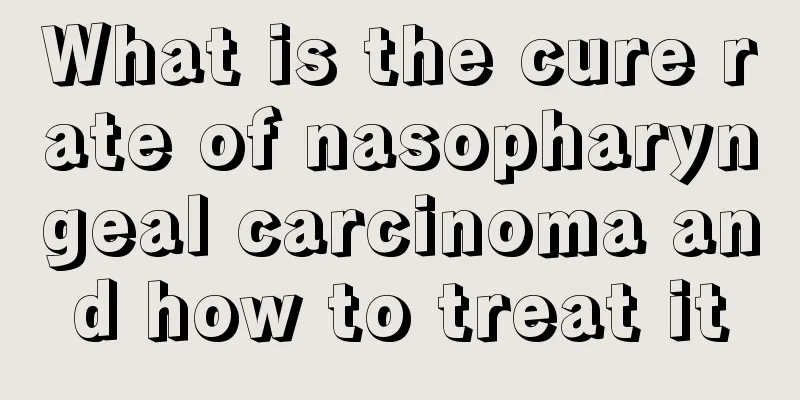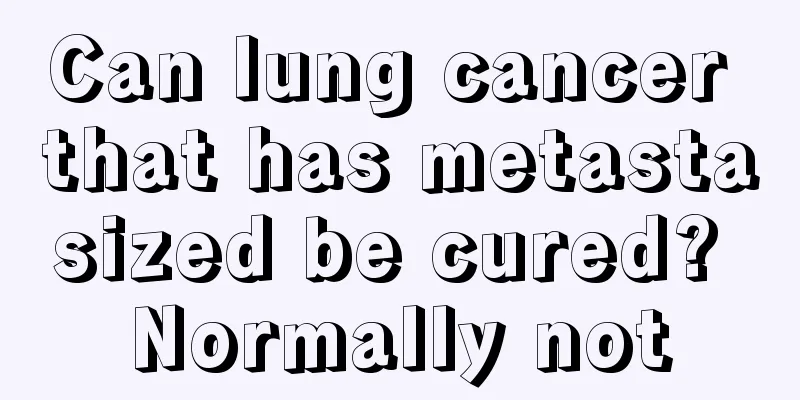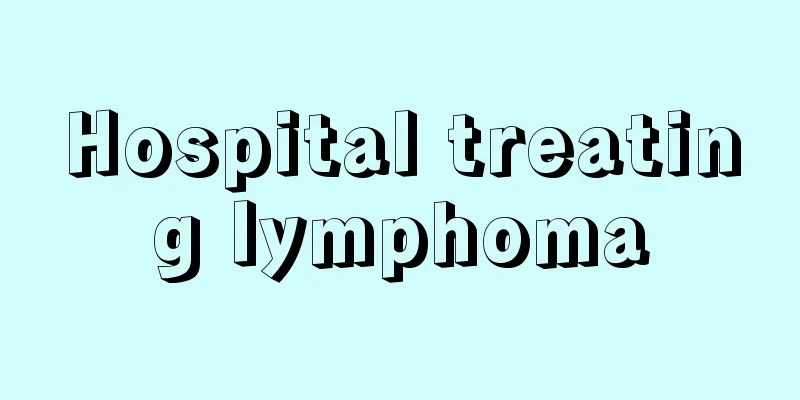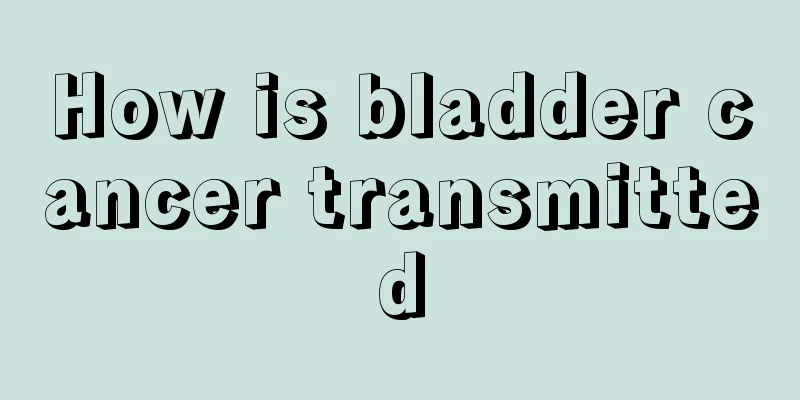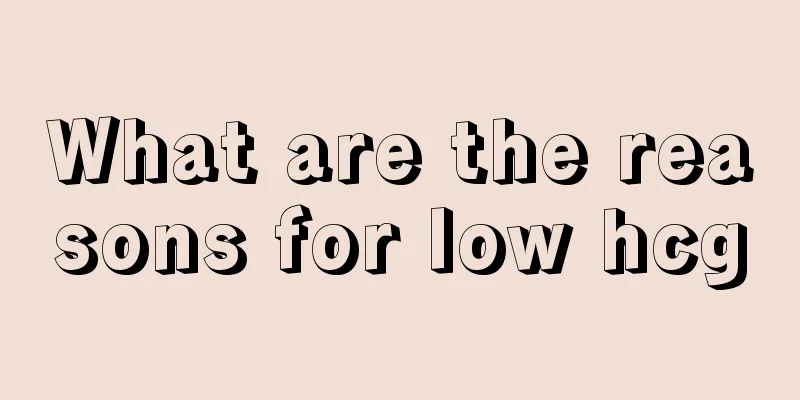What are the differences between renal cysts and renal hamartomas

|
Most renal cysts are simple renal cysts, which refer to cystic substances growing on the kidneys. Cysts can be multiple or single, and the contents are mostly liquid or semi-solid. Renal hamartoma is a tumor caused by abnormal proliferation of blood vessels, smooth muscle and fat in different proportions. Renal cysts and renal hamartomas are different in causes, clinical manifestations and treatment methods. When kidney cysts are small, they have less impact on human life activities. Different types of kidney cysts are more likely to occur in different groups of people, and are generally more common in middle-aged and elderly people. Renal hamartoma is a benign tumor with an increasing detection rate in recent years, and it mostly occurs in middle-aged women. Correctly distinguishing between kidney cysts and renal hamartomas is of great help in subsequent treatment and nursing activities. So what are the differences between kidney cysts and renal hamartomas? 1. From the perspective of the cause of the disease, most renal cysts are simple cysts, which may be a congenital disease and related to heredity. Acquired renal cysts are caused by excessive dialysis. Renal hamartoma is also currently considered to be related to heredity, and bad living habits, high-fat and greasy diets, and excessive stress are all inducing factors. 2. When the renal cyst is small, there are generally no obvious clinical symptoms. Only when the cyst is large enough to compress the blood vessels or urethra will the corresponding symptoms appear. It is often manifested as dull pain in the lower back, hematuria, and proteinuria. When the cyst continues to grow, a mass can be felt in the abdomen. Most renal hamartomas also do not show obvious clinical manifestations. However, when the hamartoma continues to grow and compresses the duodenum, stomach and other organ systems, some discomfort symptoms of the digestive tract will appear. When a renal hamartoma ruptures, symptoms such as pain and hematuria will appear, and in severe cases, shock symptoms will occur. 3. Laparoscopic cystectomy is currently the preferred treatment method in clinical practice. The surgical incision is small, the excision is clean and it is not easy to recur. If the renal hamartoma is small, it does not need treatment. Regular examinations and more attention in daily life are enough. When the tumor is large, surgical excision can be performed. If it cannot be surgically removed, kidney transplantation or hemodialysis can be considered to maintain life. The above is the difference between renal cysts and renal hamartomas. Since both have no obvious symptoms in the early stage, they are mostly discovered through physical examinations. Pay more attention in daily life, eat less spicy and greasy food, exercise properly, and control blood lipids. Keep warm and avoid catching cold. Colds will reduce the body's immunity and affect the kidneys. |
<<: What should patients with renal hamartoma eat
>>: Introduction to the diagnostic methods of renal hamartoma
Recommend
How effective is horse oil in removing acne
When our face is covered with pimples, it greatly...
Can patients with hepatitis B eat donkey hide gelatin cakes?
Hepatitis B virus (HBV) is a hepatitis B disease ...
What foods can't nasopharyngeal cancer patients eat?
Cancer patients need to pay more attention to the...
What are the symptoms of bladder cancer
Bladder cancer is a malignant tumor that can occu...
What is the reason why feet turn black after soaking in hot water?
I believe that many people have this habit. In or...
Can a 5-year-old get the vaccinations he got at 1.5 years old?
After a child is born, parents must understand th...
How to turn single eyelids into double eyelids
For many girls with single eyelids, they especial...
Is it normal for a one year and six month old baby not to speak?
In the process of raising a baby, many parents wi...
What is jaundice
When a newborn is born, the first thing they do i...
How to use straightening iron to create various curly hair?
Under normal circumstances, most people have stra...
What's the matter with the dull pain in the right chest
The human body is full of various nervous systems...
Can I have a baby in the early stages of rectal cancer?
In the past decade, various studies have proven t...
What are the early symptoms of colon cancer
Early symptoms of colorectal cancer may include a...
How to Check for Testicular Cancer
According to the medical history and physical sig...
Is a scallop alive or dead when it opens?
Live scallops are usually open, and if you tap th...
